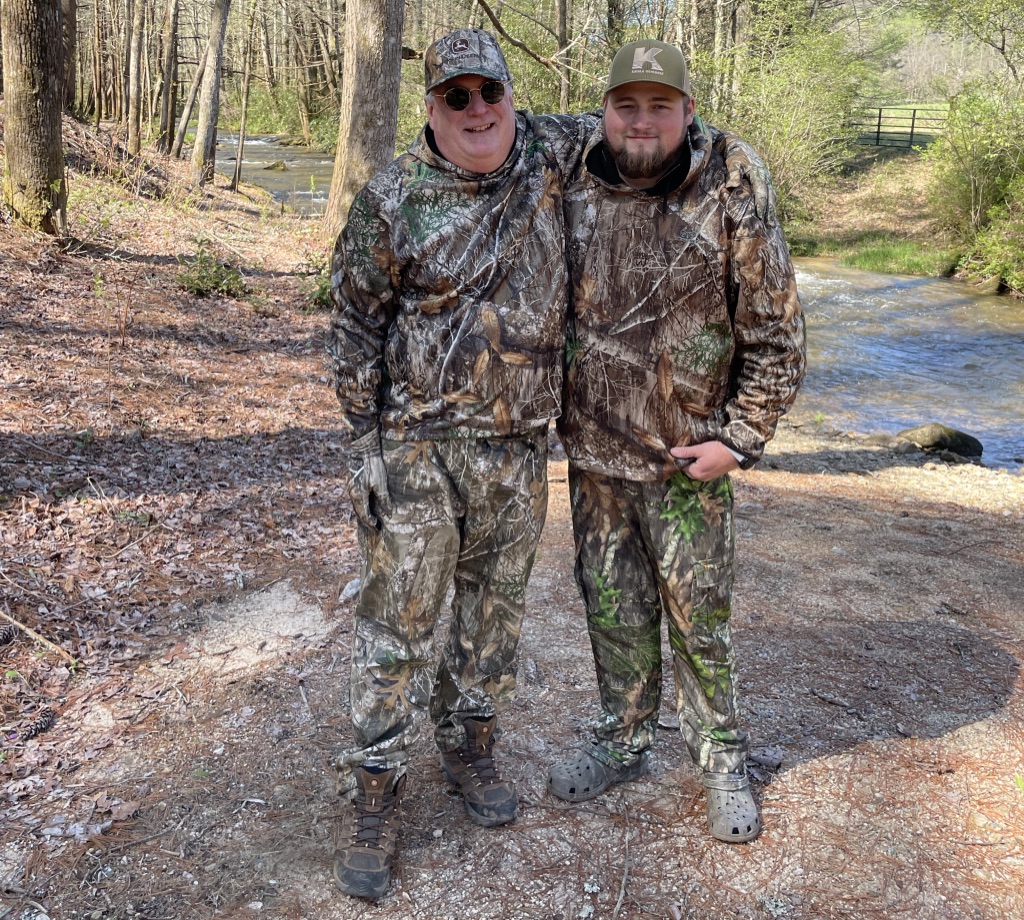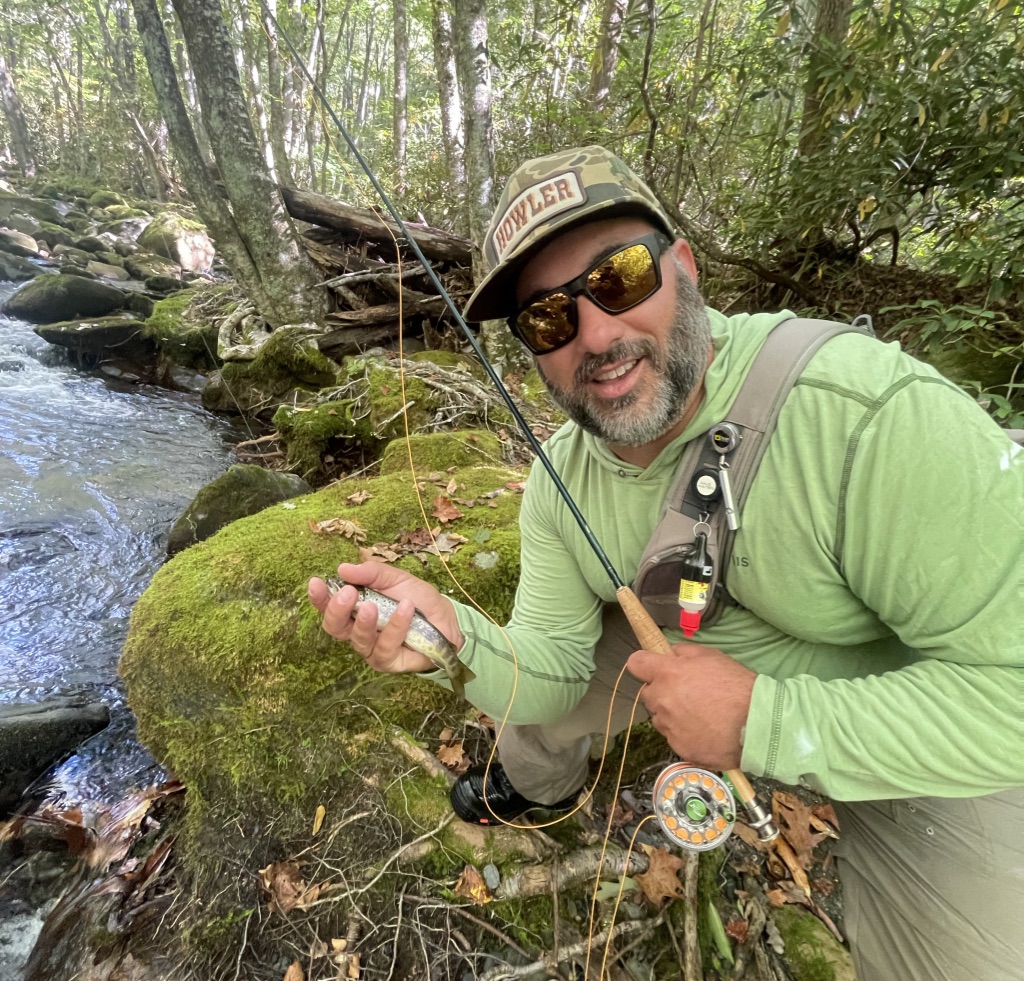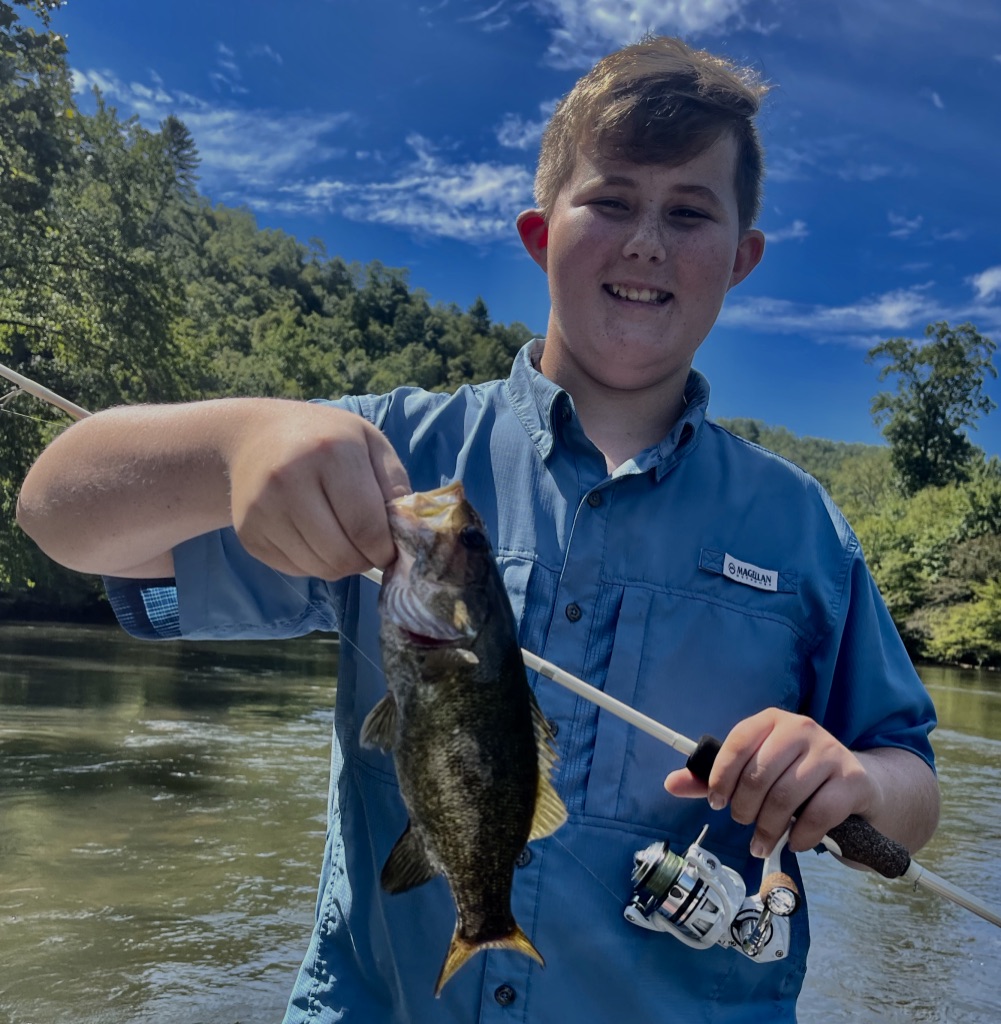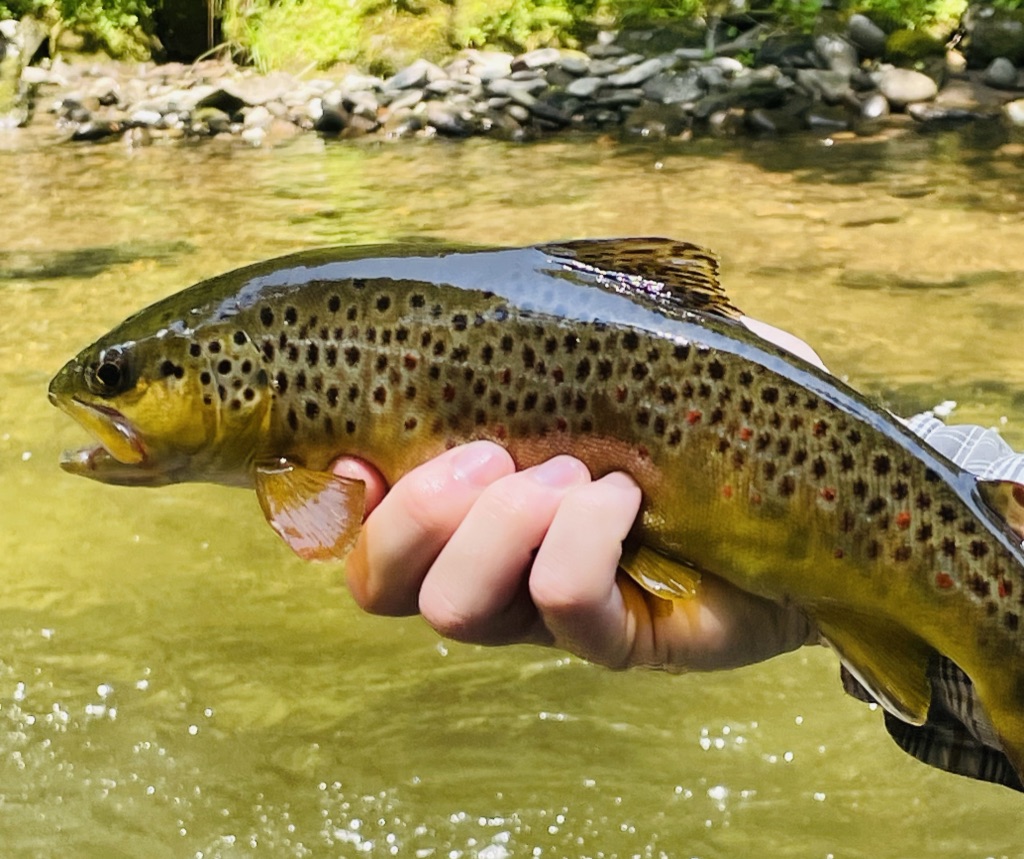“If turkeys could smell as good as they see, they’d be impossible to hunt,” says my buddy James Lambert, a guide with Katala Outdoors. I ponder James’s statement as we trudge through mud and pouring rain along a tree line where acres of forest meet fallow farmland. We wear full camouflage—face coverings and all—in an attempt to hide ourselves from the prying eyes of nosy hens and gobblers.
A wild turkey’s vision is three times better than ours, and these remarkable birds can see eight times farther through monocular eyes mounted on the sides of their heads. The position of those peepers provides these birds with a miracle of evolution—a 270-degree field of view capable of reaching a full 360 with a bob of the head. Luring a turkey within shooting range requires exceptional patience and a willingness to remain silent and perfectly still for several hours. To bag a turkey, you need a friend who’s skilled at calling these birds.
James Lambert is one of those experts. He’s been hunting turkeys since childhood. When his striker scratches his slate call, he mimics the different sounds hens make to attract adult males (toms). Behind a web of vines and brambles, we sit in a blind—an igloo-shaped tent that’s sheltering us from the rain barrage. During the predawn hours of Easter Saturday, we sip coffee and listen out for turkey talk.

As dawn approaches, toms gobble from roosts in the woods behind us. Our blind offers a full view of the field—an ideal setup given that turkeys flock to open space during heavy rains to improve their visibility and more clearly identify predators. To boost our odds, James and I load our 12-gauge shotguns with Magnum Blend shells which pack a powerful punch, along with a combination of size 5, 6 and 7 shot. With full chokes in our barrels, these shells will unload more than 200 pellets within a 10-inch circle at 40 yards. They also cost ten bucks apiece.
We exude excitement and optimism. Who wouldn’t? Dozens of turkeys roamed the property throughout youth week when a nine-year-old fellow bagged a 22-pound gobbler while sitting in a nearby thicket.
Today, James’s magnificent calling brings plenty of turkeys into the open—gobblers and bearded hens—but my inexperience weighs heavy on us. When two toms come within shooting range—23 yards, at that—I miss them both. While lining up another shot, the butt of my gun slips into the crook of my arm; pulling the trigger delivers a mule kick to my bicep rendering my arm useless for the rest of the day. I’m still sporting remnants of that ten-dollar bruise.
But a buddy of ours recently bagged a gargantuan gobbler. The alluring photo of him and that turkey stokes my imagination, transmitting the vicarious pleasure of harvesting such a beautiful bird. Wild-turkey hunting season ends on May 6, so I’ve got nearly a year to improve my shooting before the 2024 opener. Lots of time to relive the awful split-second decisions I made on my first turkey hunt.
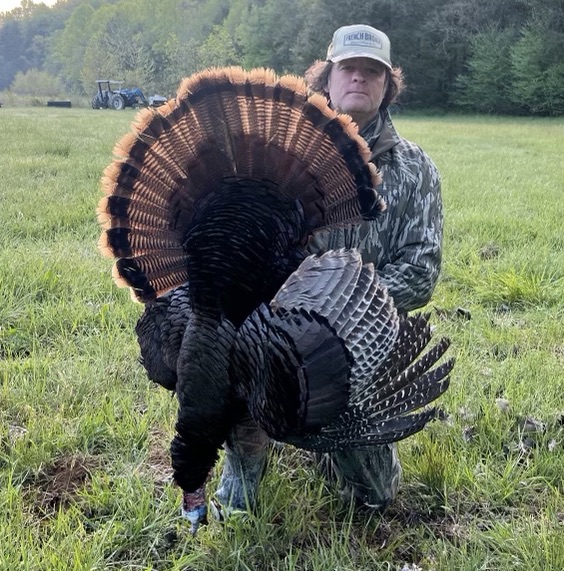
Though we’re nearly done with hunting until the fall, there’s still plenty of fishing to do. We’ve had excellent luck on the Tuckasegee River (the Tuck) this past month. On April 10, the North Carolina Wildlife Resources Commission (NCWRC) stocked the river and timely flow releases have had us floating comfortably in the Bryson City area where we’ve reeled in hefty brown trout measuring 18 to 20 inches. Our floats from Cullowhee to Webster have yielded anywhere from 30 to 60 fish per trip, including the holy trinity of brookies, browns and bows. Up and down the Tuck, the fish are hitting Woolly Buggers, Girdle Bugs and Mop Flies.
The NCWRC is scheduled to stock the Tuck again on May 2. Get out on the river as soon as you can while the weather is pleasant, the water is still cool and the fish are hungry!
Best of Luck!
Patrick Ambrose



